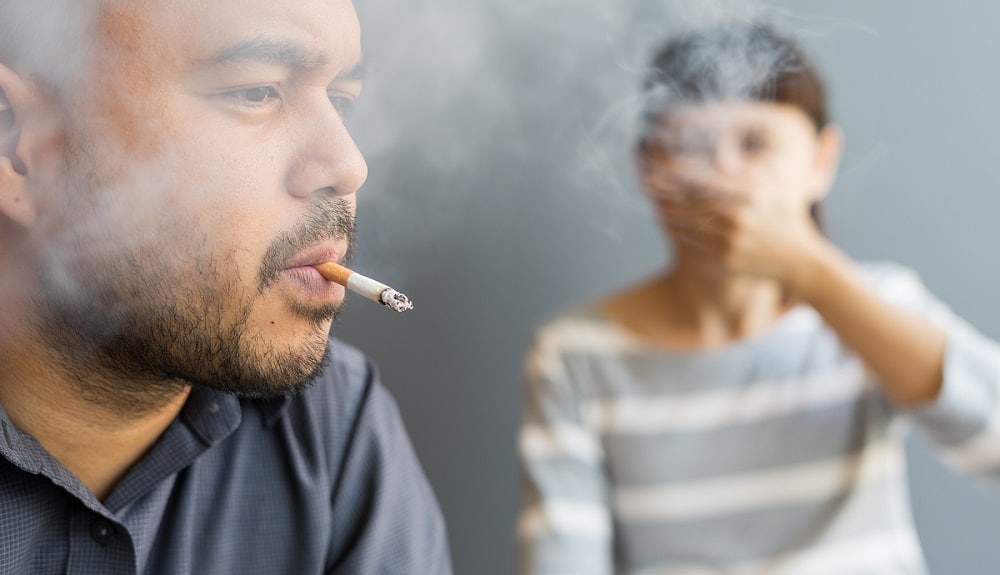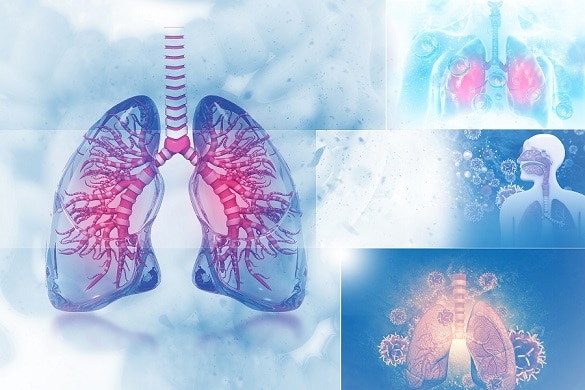Asthma and passive smoking

What Is Passive Smoking?
Passive smoking occurs when a non-smoker involuntarily breathes in the smoke exhaled by smokers or the smoke emitted from burning tobacco products1. It’s important to note that passive smoking is not limited to just the visible smoke from a cigarette; it includes the invisible toxins released into the air as well. Passive smoke exposure can happen in various settings, such as homes, cars, public places, and workplaces, making it a pervasive health concern2.
THE COMPOSITION OF SECOND-HAND SMOKE
Second-hand smoke is a toxic mixture of over 7,000 chemicals, including at least 250 that are known to be harmful, with more than 60 being recognised as carcinogens3. These chemicals are divided into two categories: side stream smoke (the smoke from the burning end of a cigarette) and mainstream smoke (the smoke exhaled by the smoker)4. Both types contain harmful substances like nicotine, carbon monoxide, formaldehyde, and benzene, among others5.
THE IMPACT OF PASSIVE SMOKING ON ASTHMATICS
Now, let’s focus on how passive smoking affects individuals with asthma, a chronic respiratory condition characterised by airway inflammation and hyperreactivity9. Asthmatics are particularly vulnerable to the harmful effects of second-hand smoke, as their already sensitive airways are further irritated and compromised.
- Increased Asthma Symptoms: Passive smoking can trigger or worsen asthma symptoms in asthmatic individuals. When exposed to second-hand smoke, they may experience increased coughing, wheezing, shortness of breath, and chest tightness10.
- Exacerbation of Asthma Attacks: Asthmatics exposed to second-hand smoke are at a higher risk of having severe asthma attacks11. These attacks can be life-threatening, requiring emergency medical intervention.
- Reduced Medication Efficacy: Smoking in the vicinity of asthmatic individuals can reduce the effectiveness of their asthma medications12. This means that even if they are diligently following their treatment plan, exposure to second-hand smoke can undermine its benefits.
- Long-Term Lung Damage: Chronic exposure to passive smoke can lead to long-term lung damage in asthmatics. It may increase the risk of reduced lung function over time, making it harder for them to breathe and manage their asthma13.
Last reviewed : 5 January 2024
Related Brochures

asthma-in-children

asthma
